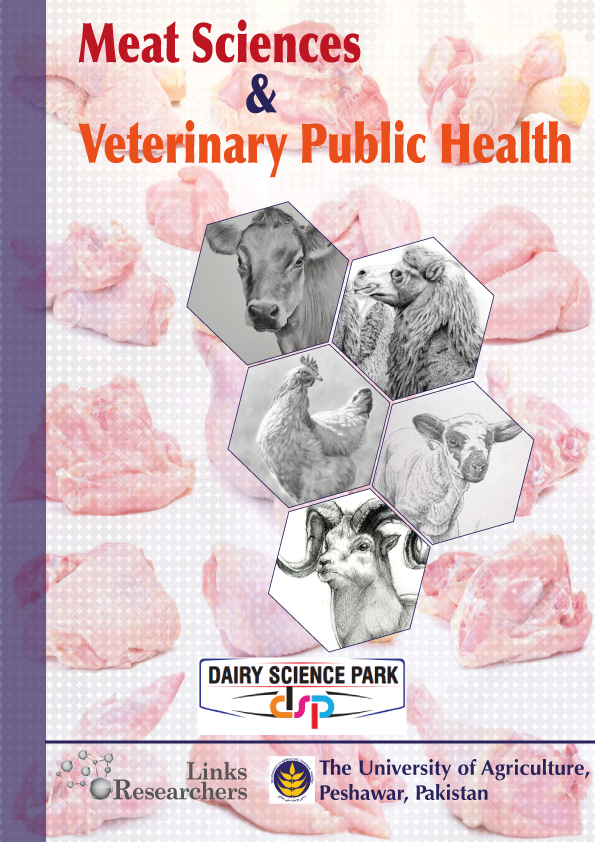Inamullah Khan, Muhammad Subhan Qureshi, Rajwali Khan, Syed Muhammad Sohail, Ijaz Ahmad, Muhammad Shoaib and Asim Ijaz
Arif Khan, Abdur Rahman, Shoail Akhtar, Siraj Uddin, Zahid Ullah and Nazir Ahmad
Bata Shalangwa Ishaku1*, Maimadu Abdullahi1, Dakwang Nalong1, Rengkat Jonah1 and Olabode Mayowa2
Markus I. Francis1*, Paul I. Ankeli2, Clara N. Kwanashie1, Jibril Adamu1, Lushaikyaa Allam1, Mashood A. Raji3, Godwin O. Egwu4, Flavio Sacchini5 and Massimo Scacchia5
Joseph Anejo-Okopi1*, Obinna Oragwa Arthur2, Ocheme Julius Okojokwu1, Sarah Joseph1, Geoffrey Chibueze1, Joshua Adetunji1, Joseph Ameh Okwori3, David Ochola Amanyi4, Otobo I. Ujah5 and Onyemocho Audu6
Mohammed Naji Ahmed Odhah1,2*, Dhary Alewy Almashhadany6, Abdullah Garallah Otaifah7, Bashiru Garba5, Najeeb Mohammed Salah2, Faez Firdaus Abdullah Jesse4*, Mohd Azam Khan G.K3
Asad Ullah1*, Umar Sadique2, Ibadullah Jan2, Imad Khan1, Raheela Taj3, Mumtaz Ali Khan4, Salah-ud-din4, Naimat Ullah Khan1
Hilarius Yosef Sikone1*, Budi Hartono2, Suyadi2, Bambang Ali Nugroho2
Keywords | Added value, Supply chain, Market players, Cattle
...Nkiru E. Ekechukwu, Felicia N. Ekeh, Chinenye M. Ohanu, Hope C. Ezinwa and Ifeanyi Oscar N. Aguzie*
Ochieng Onunga George*, Owuor Ndonga Millicent Florence, Mario Kollenberg
Lobna M.A. Salem, Nashwa O. Khalifa, Marwa O. Abd El-Halim*
Muhammad Izhar ul Haque1, Farhan Anwar Khan1*, Umar Sadique1, Hamayun Khan1, Zia ur Rehman1, Salman Khan1, Hayatullah Khan1,2, Faisal Ahmad1,3, Mumtazur Rahman1, Faiz Ur Rehman1, Muhammad Saeed1, Mehboob Ali1 and Saqib Nawaz1
Farha Deba1, Rubina Nelofer2 and Muhammad Irfan1*
Al Salihi karima Akool1* , Almas. M. Al-Bayati2, Iman Mousa Khaleel3
Hayder M. Watban1,2, Nabeel M.H. Al-Maaly2*
Madbouly, H.M; Orkhan, M.H**; Nagwa El-khoty
Wesam Jasim Hansh
Featuring
-
Effect of Dietary Supplementation of Humic Acid on Blood Parameters, Antioxidant Activity, Serum and Bone Minerals in Laying Hens
Muhammad Mudasir Mushtaq, Safdar Hassan, Muhammad Sharif, Arfan Asghar, Fawwad Ahmad, Muhammad Khalid Bashir, Muhammad Ashraf, Mukarram Bashir, Tahreem Fatima, Muzammal Mushtaq
J. Anim. Health Prod., Vol. 12, Issue, 4, pp. 639-646
-
Conservation of Local Geese (Anser Anser) in Egypt: Characteristics of Production Systems and Breeders’ Perception
Amal S.Omar, Mahmoud A. Ahmed, Nada A.S. El-Shahawy, Wael A.H. Ali, Sabbah F. Youssef, Hoda M.A. Shabaan, El-Sayed M. Abdel-Kafy
J. Anim. Health Prod., Vol. 12, Iss. 4, pp. 630-638
-
Protective Response of Zinc Oxide Nanoparticle with Chitosan Oligosaccharide on Intestinal Integrity, Goblet Cell Count, and Meat Quality of Broiler Chicken under Heat Stress
Syed Abdul Hadi, Jameel Ahmed Gandahi, Muhammad Ghiasuddin Shah, Saima Masood, Noor Samad Gandahi
J. Anim. Health Prod., Vol. 12, Iss. 4, pp. 621-629
-
The Role of Probiotics as Alternatives to Antibiotic GrowthPromoters in Enhancing Poultry Performance
Rico Anggriawan, Widya Paramita Lokapirnasari, Sri Hidanah, Muhammad Anam Al Arif, Diyah Ayu Candra
J. Anim. Health Prod., Vol. 12, Issue. 4, pp. 610-620
Subscribe Today
Receive free updates on new articles, opportunities and benefits

© 2024 ResearchersLinks. All rights Reserved. ResearchersLinks is a member of CrossRef, CrossMark, iThenticate.









